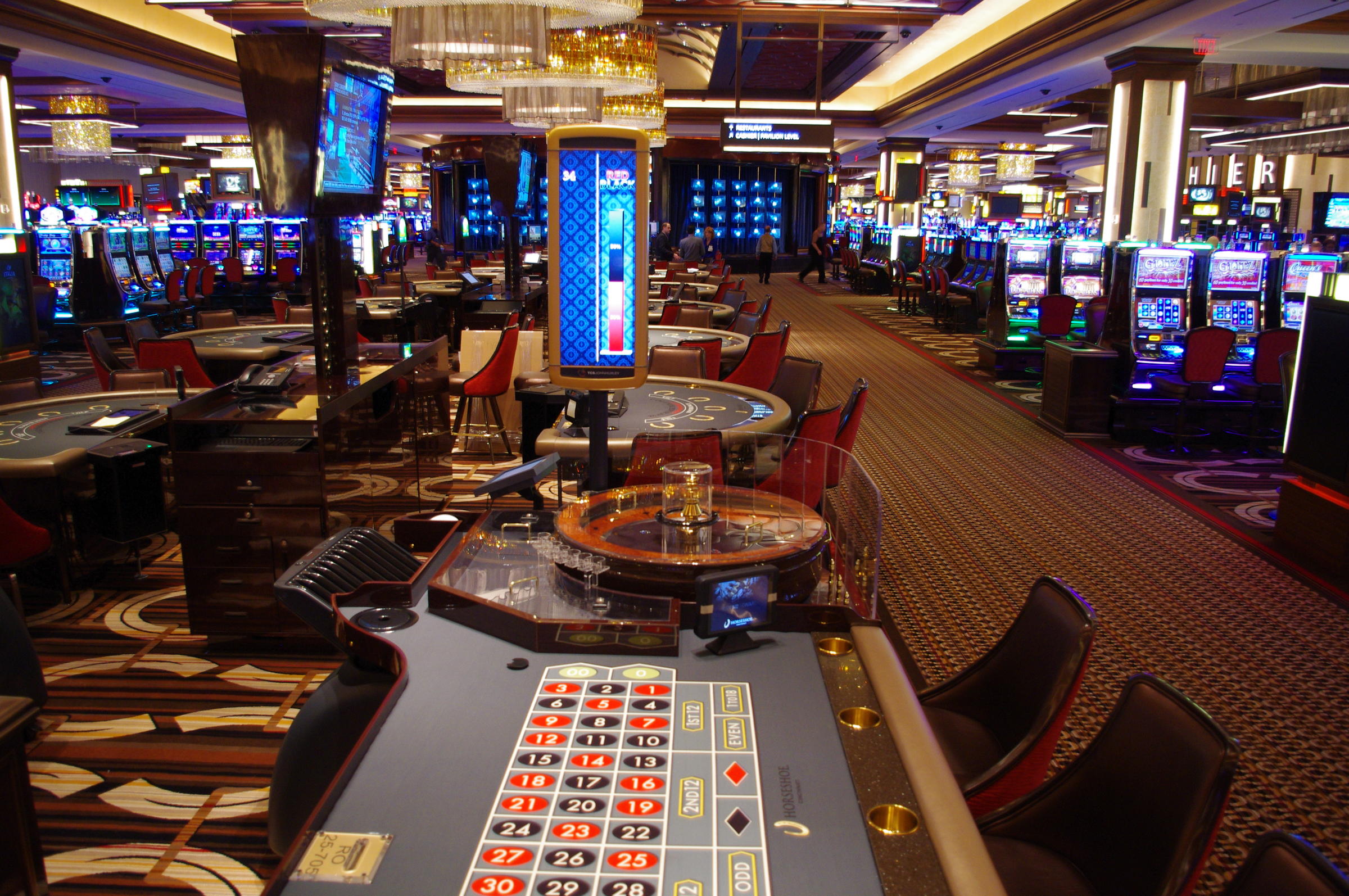Surrounded by the conveniences and promises of fast-paced, efficient jobs are done by our modern technology, people can often forget to notice the history behind the objects and inventions all around us that we now take for granted. The history of our nation’s most profitable gambling icon, the slots machine, is a fascinating one hundred-year ride through invention, prohibition, and the next wave of improvements induced by modern technology.
The very first version of the machine was a row of five spinning barrels invented by Pitt and Sittman in New York City, used by a few local businesses to gamble with their customers. In the event of the pictures on the barrels lining up, the store owner would reward the customer with an item of free merchandise. The first real slot machine designed to dispense its own rewards to the player was designed in 1895 in the basement and workshop of Charles Fey. The Liberty Star, as it was named, was a hefty hundred-pound machine of iron, cast away the old icons of fruit on store machines, and instead likened itself more closely to the poker scene with card suit symbols and the lucky 7.

Although Fey was able to enjoy ten years or so of success, he was met by the opposition against his creation during the sudden moral rising of prohibition in society. Alcohol and gambling were among the list of sins that should be wiped from existence, and an unintentional relation between Fey’s design and the common grocery store candy dispenser became an issue for both. Though Fey made his machines simple and easy to use, very akin to the small item/candy dispensers at the time, this ease of use ended up backfiring.
Store dispensers were made to go down with the ship as courts began to order that such devices were in place to encourage an individual, and possibly a child, to gamble in the future by introducing them to the slot machine’s methods in the candy dispensers. Another element that did not help the case of the dispensers was the morally gray machines produced by the Bell-Fruit Gum Company. Supposedly stolen from Fey by the company, their machines hosted the popular Bar symbol, and paid out a free stick of the gum in the case of a winner, but also paid coins in another combination, hoping for more plays. This disguising was not tolerated by the governments, and all the machines were soon sought for destruction.
Nevada’s lenient laws toward gambling and the underground mafia managed to keep the slot machine alive and well through its dark times of rejection in society. When the restrictions on gambling lessened once more, though it is still illegal in many states, development and improvements on the machine were able to continue. The first entirely electronic machine was invented by Bally in the early sixties, which soon came to be the norm in casino machine gambling, leaving the pull lever as a simple artifact of entertainment history.
Because there is a lack of movable, and consequently fallible, parts, electronics were able to nearly eliminate the ability for players to cheat the system. In addition, flashing lights, bright colors, and vibrant, dramatic sounds could now ring through the air and grab the attention of all passers-by, tempting them in closer to take a better look, and hopefully play around. A great deal of effort now goes into psychologically finding the best method of placement for each individual machine so as to capture more attention, and spread the wealth throughout the casino floor.

In the very beginning, Fey’s machine would pay lucky winners the, at the time, the sizable prize of fifty cents. In today’s world, such an amount would be considered pitiful, due to the inflation of our monetary system, and would not attract very many players to attempt winning a fortune from it. As the values of playing needed to rise, the machines were modified to pay out in hundreds of quarters, sometimes still used to give players that satisfied feeling of having won, and watching the quarters rain out. However, recent advances, a squeezed economy, and a policy for speed have resulted in the invention of automatic cards to which the players designate a certain amount of money, and when on the floor, if the machine wins, it simply adds to the invisible coded value within the card.
Slots have become such an integral part of the gambling industry due to their simplicity. It can appeal to anyone, drawing in the masses even those who don’t know the intricate rules and strategies of the card table games. Currently, slot machines make up seventy to eighty percent of casinos’ profits based on the nature of pure chance in comparison to the other games’ partial dependence on skill. The evolution of slots has followed the trials of gambling and technology over recent history, now a thrilling staple of modern gaming. Dominoqq Online a virtual casino with multiple games in its arsenal is a great option for slot lovers and is a great example of how technology has shaped the casino world over the last decade.





